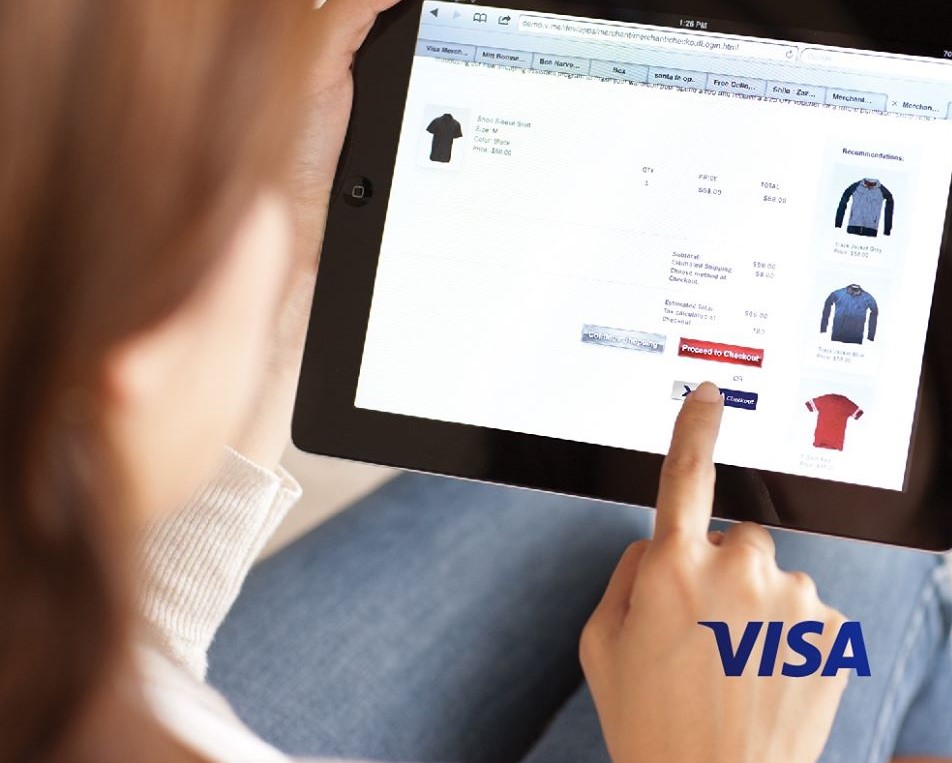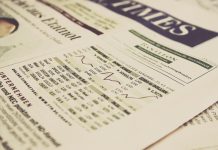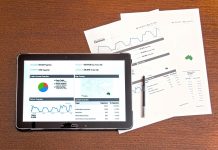
Visa traces higher consumer spending in May as the economy recovers. This observation came after total US payments volume fell at a slower pace.
Visa’s total payments volume moved slower in May from the previous month. Analysts believe this signals that consumer spending was recovering as the government starts to lift coronavirus lockdowns.
US payments volume in May fell to 5%, compared with an 18% fall in April.
Meanwhile, quarter-to-date, Visa reported an 11% decline in payments volume, the company said in a filing on Monday.
There was a 45% decline in cross-border volumes, excluding intra-Europe transactions, that drive its international transaction revenue. On the other hand, global processed transactions dropped 12%.
Visa announced in aggregate that recovery in international markets in which it processes the most of its transactions lagged the US in May.
Travel related cross-border volumes fell by 78% last month while cross-border e-commerce remained robust and increased by 18% in May, the company noted.
Jobs increase in May
The report of Visa on higher spending in May reflects the jobs increase in the US. The Labor Department reported that the unemployment rate declined to 13.3%.
The data from the government agency showed that employment rate in the US increased by 2.5 million in May. The increase is deemed far better than what economists predicted. For some analysts, it may mean that an economic turnaround could be nearer.
“It seems the damage from the nationwide lockdown was not as severe or as lasting as we feared a month ago,” said Scott Clemons, chief investment strategist at Brown Brothers Harriman.
“Barring a second surge of Covid-19, the overall U.S. economy may have turned a corner, as evidenced by the surprise job gains today, even though it still remains to be seen exactly what the new normal will look like,” said Tony Bedikian, head of global markets at Citizens Bank.
The rise in employment “suggests that the US economy is more resilient than expected,” said Seema Shah, chief strategist at Principal Global Investors.
“It appears that businesses began rehiring workers earlier and in greater numbers… a trend that is likely to continue as lockdowns ease around the country,” Eric Winograd, senior economist at AllianceBernstein said.
Consumer fear
Economic recovery depends on the level of consumer fear, according to economists.
The report of Visa on higher spending of consumers may reveal that people are starting to be confident.
Economists believe that individual psychology, consumer confidence, and the success of government in filling the income gap for unemployed individuals all play a role in reviving the economy.
Consumers’ discretionary spending for industries like dining, travel, and entertainment will determine how these parts of the economy will carry on.
Consumers stopped spending and saved more than 13.1% of their income, the most in 45 years, when they were forced to stay inside their homes.
How consumers would spend the saved cash for a recovery depends on their confidence in the economy and their jobs.
“It’s much more behavioral. It’s driven by fear,” said Diane Swonk, chief economist at Grant Thornton. Economists use China as a basis for their analysis, since the disease began there.
“Even a month after they reopened in Wuhan, people are still worried about going to public places and malls.”
When Georgia reopened businesses, consumers reacted with hesitancy. “There’s a fear about reopenings and visiting places,” she said. “The malls opened to a lot of fanfare, advertised like crazy, but few people showed up.”






